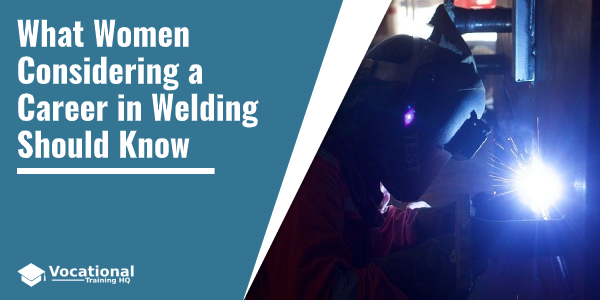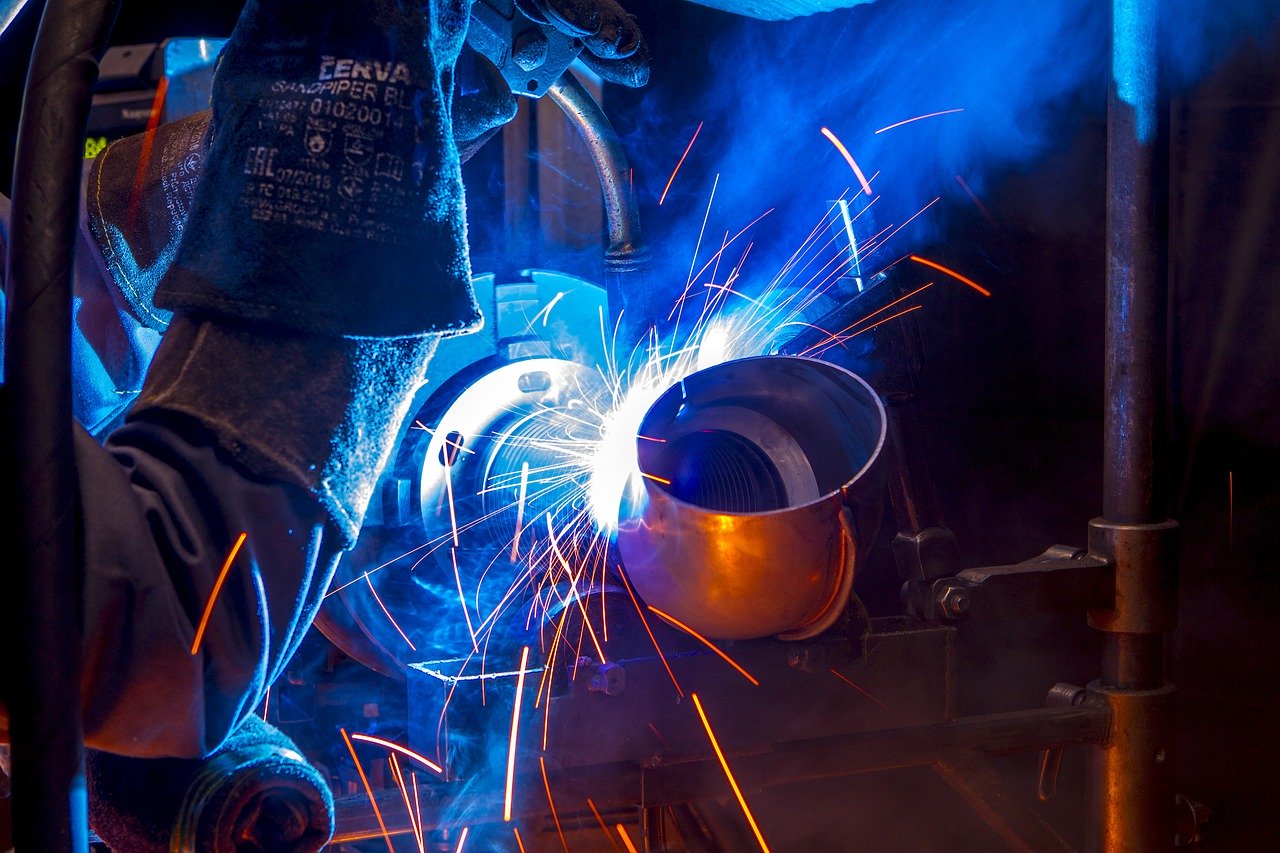Today, women have more opportunities in trades.
If you are looking for a new career or considering changing the industry, the field of welding is worth looking into.
In terms of “non-traditional” occupations for women, welding is one of the most rewarding and in-demand fields.
If you are considering your options and enrolling in a professional welding training program, you need to know a few facts about the industry.
Article Table of Contents
Demand for Welders Is Increasing
Like many other trades, welding is facing a shortage that will go on as older employees are retiring.
Welders are usually employed in construction, wholesale trade, and manufacturing.
These industries continue to grow with the improvement of automation.
The field of welding becomes a more high-tech trade, so welders knowledgeable about engineering, robotics, and computer programming will be in demand.
Welding Is Flexible and Active
Welding is an active job with travel opportunities and flexible hours.
With additional certifications, welders can have an edge that allows them to improve their skills and focus on specific fields.
Welders can manufacture, calculate, inspect, educate, deliver, maintain machinery, and run advanced computer systems.
Average Salaries Are Relatively High
The average salaries in the welding field are usually higher than in female-dominated industries.
For instance, Welders, Cutters, Brazers, and Solderers had the mean annual salary of $40,970 in 2015, while administrative assistants made only $36,500 with the growth of only 3%.
You Can Restart Your Career
If you are changing your career, welding is a great choice.
The average age of welders in America is 55, so the career isn’t dominated by young people.
The trade school doesn’t take as much time and money as a four-year college.
Some programs at trade schools take less than a year.
Welding offers a range of career opportunities.
The Census Bureau reports that more than a quarter of all businesses is owned by female entrepreneurs.
Skilled trades are especially beneficial for those who look for self-employment.
Among construction workers and welders, 17.5% and 7% respectively are self-employed.
Women Have Been Welding Since World War II
Rosie the Riveter encouraged women to fill labor shortages during wartime in the 1940s, providing them with the opportunity to prove their skills to perform such jobs.
Gender norms after the war predominated, so today, welding and other trades are considered to be “non-traditional” jobs for women.
According to Mike Rowe, producer, creator, and host of the TV show Dirty Jobs, employers seek to fill labor shortage and promote gender diversity at work.
Hopefully, as women learn more about the opportunities that welding and other trades have to offer, they will consider these careers.
Start Your Career
If you want to start a career with a good salary and flexibility, you may consider the field of welding.
Women in welding have opportunities that women in other traditional jobs don’t have.
One way to start is enrolling in a trade school.
Frequently Asked Questions
What are the 3 main types of welding?
The three main types of welding are MIG, TIG, and Arc, and each is used in different situations.
Arc welding is the oldest type and is used on thick material, fewer tools are used, and it is the hardest to master.
MIG uses a thin wire as an electrode that heats and joins two pieces of metal.
Tig welding is the most versatile and produces the best welds overall.
Which welding is best?
On most projects, TIG welding produces the highest quality welds and is the most expensive of the different processes available.
It is generally also the hardest.
MIG welding takes less time and that lowers production costs and can speed up an overall job.
There are situations where any of these would be the best one to use at that time.
Tig is strongest and MIG is faster.
What is the strongest method of welding?
TIG welding is generally considered the strongest type of welding.
This type of welding uses heat from an electric arc to heat two pieces of metal and join them together.
TIG welding is used on larger projects, or on projects where control or precision matters more.
TIG welds are cleaner and more precise, which makes them stronger welds than the others.
What are some high-demand areas for welders to relocate to?
Texas is the welding jobs capital of America and maybe the world.
Because of the petroleum industry, there is always a tremendous need for welders.
Houston has the most of any metropolitan area.
Welders are also needed for cars, boats, and architectural welding.
California and Pennsylvania are also good places to find welding jobs.
Pennsylvania was once the steel capital and there are still a lot of jobs there.
Can a welder make 100k?
While entry-level jobs pay a lot less, it is very possible to make $100,000 or more as a welder.
It requires very specialized skills and can be risky, so that makes the wages higher.
Underwater welders are also very high paid and can make six figures.
For that, you have to be a certified diver as well as a welder.
Welding has specialized skills, and there are specialties within welding that make the skill even more rare and valuable.
Will the demand for welders increase?
Welding jobs are expected to increase by three or four percent over the next 10 years, which is just slightly below average for all jobs.
Companies are also wanting experienced welders, which makes it harder for beginners to get a start.
Welding is a very specialized skill that makes the work valuable.
There will always be a need for welders even if the number overall is not growing a lot.
Read the full guide: How to Become a Certified Welder


